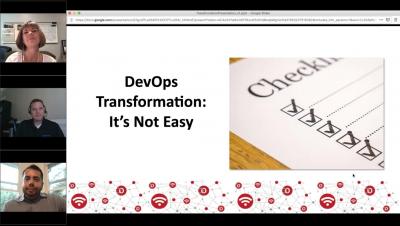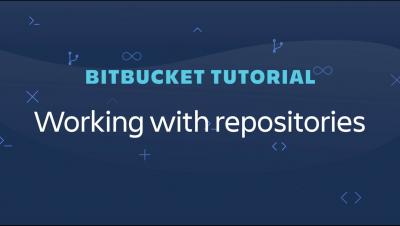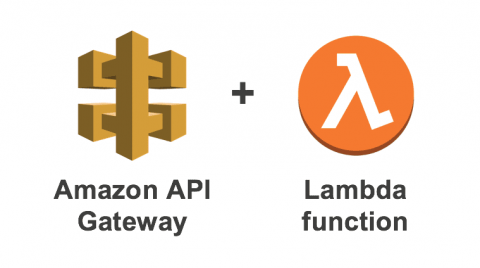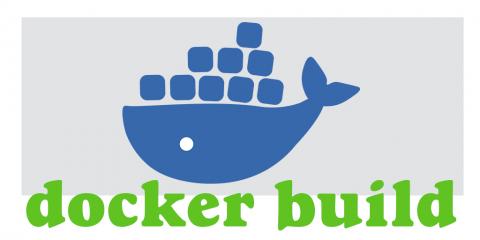Operations | Monitoring | ITSM | DevOps | Cloud
DevOps
The latest News and Information on DevOps, CI/CD, Automation and related technologies.
Bitbucket tutorial | How to use Bitbucket Cloud
Bitbucket repositories | Create repositories & add files
Vend - Continuous shipping at scale without disruption
SilverStripe - reducing error notifications by tens of thousands
Build better workflows: Announcing the Mattermost DevOps integration set
No matter what tools your team uses, more effective collaboration results from sharing information and context, being able to react quickly, and automating repetitive processes. Development teams move faster when they can consolidate information in one central hub and can reduce context switching by switching less between different tools.
Maximize Observability of your CI/CD Pipeline with LogDNA
Continuous integration and continuous deployment (CI/CD) has enabled teams to build and deploy software at a much faster pace. DevOps teams can build, test, and deploy changes to production in a matter of minutes, allowing for extremely rapid release cycles. However, a CI/CD pipeline has a lot of moving parts and steps where problems to occur. In order to ensure a successful deployment, it’s important to monitor each step in this process.
Get Going with SNS
Every day that I commute home, I check Google Maps for the next Trimet bus arrival at the usual stop. There’s nothing wrong with this ritual but it always distracts or leaves me stalled for a few empty minutes. Ever the proponent of laziness automation, I decided to build a stack that will do this for me by texting incoming arrival times for my bus home.
Why You Should Use API Gateway Proxy Integration With Lambda
Ben Kehoe wrote a post about AWS API Gateway to Lambda integration: How you should — and should not — use API Gateway proxy integration with Lambda. In his post, Ben gave a few reasons why he believes using API Gateway Proxy Integration is an anti-pattern. Ben does a great job summarizing how the integration works. He writes: The pattern that I am recommending against is the “API Gateway proxy integration” as shown in the API Gateway documentation here.
Docker Build: A Beginner's Guide to Building Docker Images
Docker has changed the way we build, package, and deploy applications. But this concept of packaging apps in containers isn’t new—it was in existence long before Docker. Docker just made container technology easy for people to use. This is why Docker is a must-have in most development workflows today. Most likely, your dream company is using Docker right now. Docker’s official documentation has a lot of moving parts. Honestly, it can be overwhelming at first.











